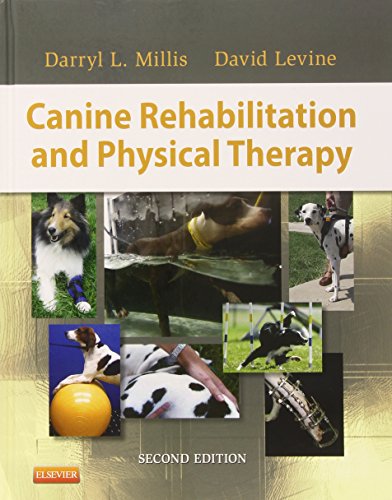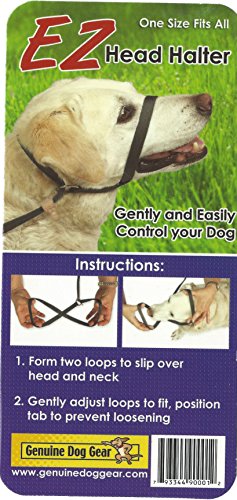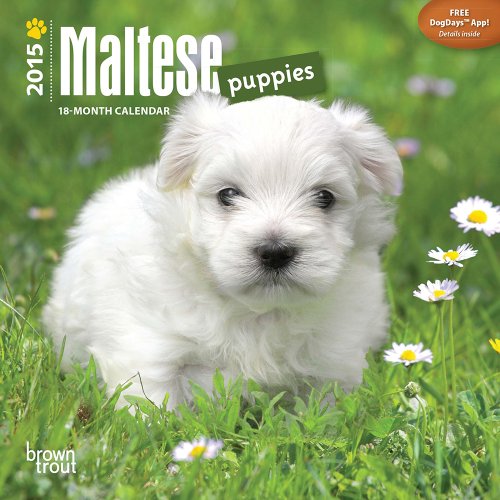
You would think that the "Canadian Kennel Club" would stand for animal rights. We could hope that the CKC would guard against anyone who abuses an animal. We might assume that the CKC encourages practises which promote the health of dogs. The truth is that their very mandate or Mission Statement leads to a CONFLICT OF INTEREST. This subject is extensive so I will begin with giving a brief history of the club and it's Mission Statement.
The CKC began 1889, five years after it's predecessor, the AKC. America took the cue from England when they set up the first National Kennel Club in the world. The idea was to create a stud book. This idea evolved into a membership designed to over see a nationally based registry for pedigree dogs. This registry would track and register all the pedigrees ensuring the continuation of blood lines. They also devised group catorgories placing together breeds with similar instinctual drives. This enabled the second function to work; the governing of all dog shows, trials and events.
Over the years the club experienced rapid expansion. In 1889 there were 70 members; today 20,000. There were 35 Breeds and 11 more in the Miscellaneous Group. Today 207 Breeds are recognized along with 700 Breed clubs. In order for the CKC run smooth it was imperative to devise a Mission Statement.
The Mission Statement is the clubs ideal, the goals they strive to meet. In the first paragraph they state that they "support the actions of responsible breed owners". The second paragraph in the text is referred to as the Vision Statement, where they claim "authority for purebred dogs". The statement concludes with Values which claims to "embrace integrity, openness, honesty and compassion when dealing with membership". These quotes have all been taken directly from the CKC Website.
All functions of the Canadian Kennel Club follow the Canada's Livestock Pedigree Act, established in 1915. The name has since changed to the Animal Pedigree Act. It covers all the rules, regulations and bi-laws of a variety of topics, all related to the breeding and the showing of purebred dogs. Pedigree's go back at least two generations, ensuring a pure bloodline. When purchasing a purebred dog, the breeder registers the puppies and must deliver the certificate within six months of the sale.
Conflict of Interest arises in a couple of different areas and are easy to explain. Members swear an oath that they will not buy, sell or breed any dog that are not purebred". This clearly omits the health and/or welfare of any dog that is not of purebred origin. The Kennel Club does not help or ensure the health of dogs even when evidence proves that recurring health problems result directly from the breeding practises employed by their members. To make matters worse it is considered an infraction to publically criticize any breeding abnormalities. These problems are not only Canadian, they occur world-wide. Until recently the code of ethics in the New Westminster Kennel Club, (England) stated that members were not allowed to say anything harmful to the breed. When the CBC first aired Pedigree Dogs a documentary which publized many genetic health problems, it created controversy. Up until that time dams and sires were often close family members. This incestuous breeding went on in Great Britain for generations. This put the health of many a dog at jeopardy, yet the practise remained. Close brother to sister mating led to rampant disease in many types of dogs. Two of these hereditary conditions led to Juvenile Diabetes in Boxers and Syrigomyelia in the King Charles Spaniel.
Boxers can expect a life expectancy of 2 years when contracting this dehabilitating disease and sadly the suffering of the King Charles Spaniel is beyond description. . Syrigomyelia is a neurological condition in which the skull is too small for the brain. This leads to excruciating pain and is present in over half of this breed by the time it is 10 years old. Both of these animals have these genetic diseases due to human interference in our increasing need to attempt to create a dog which fits into a breed standard. The breed standard is the ideal set of specifications that the a breed is judged by.
Humans constantly try to better each litter by combining characteristics of its ancestors to create the "perfect" dog. It is this breeding that led to much of todays difficulties. After the showing by CBS the Westminster Kennel Club finally stopped the mating of closely related animals. They also had another horrible practise ban, one that few people knew was occurring. Rhodesian Ridgebacks are known for having a prominent stripe down their backs. Apparently it was common practise to cull any puppies without this distinction even though they were otherwise in perfect form and health.
That is the problem with the Kennel Clubs. The health of the dog is not paramount. The breeder's platform is protected before the dogs. Dogs are bred to fit a standard used to judge them in the show ring, but most dogs do not participate in these events. They do not take part but, they often carry the effects of breeding that is out of hand. The Canadian Kennel Club can not champion both the dog and the breeder, the dog will loss every time.
 TPLO? TTA? Tightrope? Fishline? What Does My Dog Need?
Cranial cruciate ligament (C
TPLO? TTA? Tightrope? Fishline? What Does My Dog Need?
Cranial cruciate ligament (C
 Pet Dog Supplies - To Keep Your Pet Dog Happy
Every pet has their own individuality, especially dogs.
Pet Dog Supplies - To Keep Your Pet Dog Happy
Every pet has their own individuality, especially dogs.
 Great Dog Breeds: the Happy Little Papillon
The first time I was introdu
Great Dog Breeds: the Happy Little Papillon
The first time I was introdu
 Are Gentle Leaders Really Gentle?
A decade or so ago a new typ
Are Gentle Leaders Really Gentle?
A decade or so ago a new typ
 The Maltese Dog is a Loving Companion to Royalty and Celebrities Alike
The Maltese is a popular bre
The Maltese Dog is a Loving Companion to Royalty and Celebrities Alike
The Maltese is a popular bre
Copyright © 2005-2016 Pet Information All Rights Reserved
Contact us: www162date@outlook.com